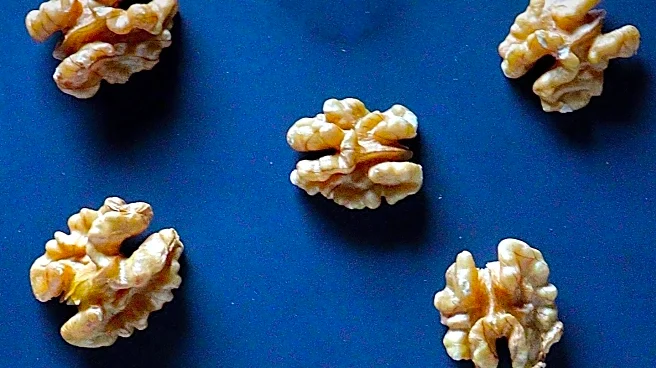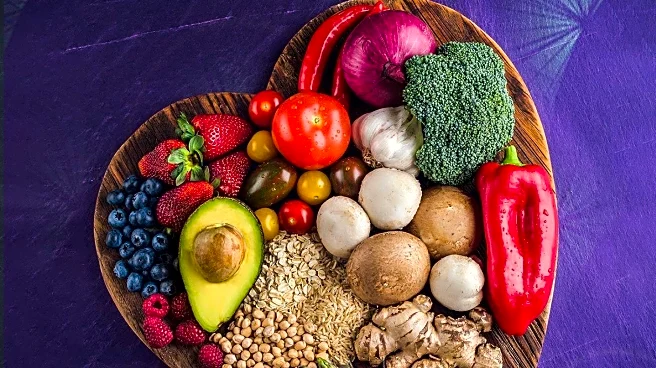What's Happening?
Registered dietitians have highlighted the varying health benefits of bananas depending on their ripeness. As bananas ripen, their nutritional content changes, affecting sugar, starch, and vitamin levels.
Underripe bananas, which are green and firm, are high in resistant starch and low in sugar, making them beneficial for gut health and blood sugar control. Barely ripe bananas, mostly yellow with some green, offer similar benefits with slightly more sugar. Fully ripe bananas, which are completely yellow, have higher sugar and antioxidant levels, making them suitable for quick energy needs. Overripe bananas, brown and mushy, are highest in sugar and antioxidants but lower in fiber and vitamin C.
Why It's Important?
Understanding the nutritional differences in banana ripeness can help individuals make informed dietary choices based on their health needs. For those managing conditions like diabetes or metabolic disorders, selecting the appropriate ripeness can aid in blood sugar control. Athletes and individuals seeking quick energy may benefit from riper bananas, while those focusing on gut health might prefer underripe options. This knowledge empowers consumers to tailor their fruit intake to support specific health goals, potentially improving overall well-being.
What's Next?
Consumers may begin to consider banana ripeness more carefully when shopping, potentially influencing market demand for bananas at different stages of ripeness. Dietitians and health professionals might incorporate this information into dietary recommendations, particularly for patients with specific health conditions. Further research could explore the impact of banana ripeness on other health aspects, potentially expanding dietary guidelines.
Beyond the Headlines
The discussion on banana ripeness underscores a broader trend towards personalized nutrition, where dietary choices are increasingly tailored to individual health needs and conditions. This approach reflects a shift in public health strategies, emphasizing the role of specific food properties in managing health outcomes.













